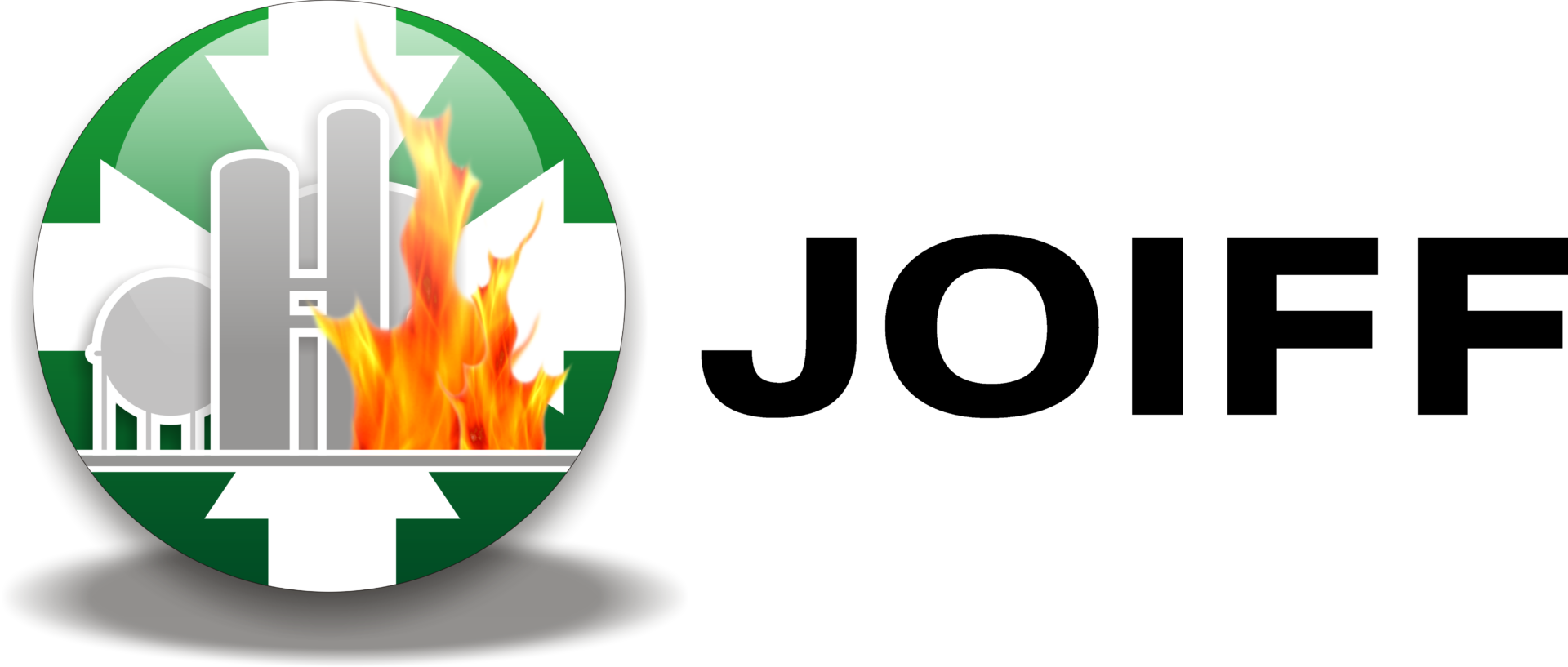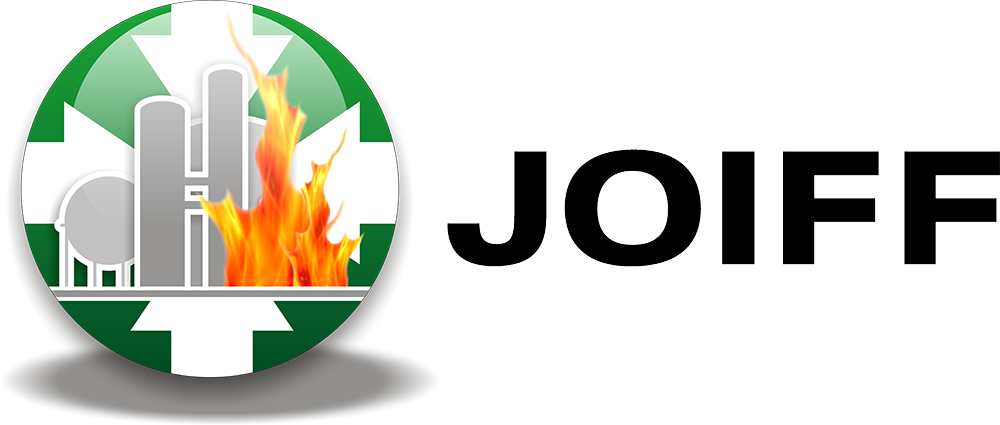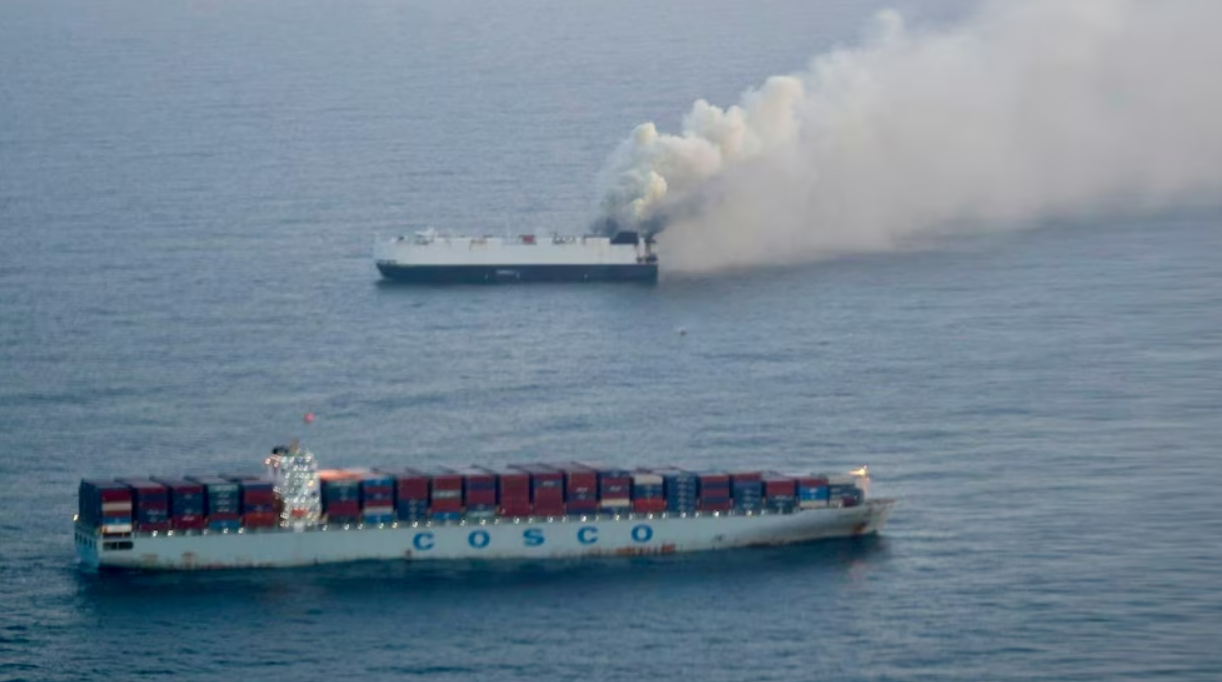USA – Fire-Damaged Cargo Ship Carrying EVs Sinks in the Pacific Ocean
A cargo vessel that caught fire in early June sank in the Pacific Ocean on Monday, along with thousands of vehicles it was transporting. The Morning Midas, a 600-foot-long ship, went down roughly 360 nautical miles off the Alaskan coast after being severely damaged by both the fire and rough weather, according to Zodiac Maritime, the vessel’s manager.
Thousands of Vehicles Lost
On board were more than 2,700 vehicles, including:
- 70 electric vehicles
- 681 hybrids
- Over 2,000 conventional cars
In addition to the cargo, the ship was carrying over 1,800 metric tons of fuel, raising concerns about potential pollution.
Crew Evacuated Safely
The fire broke out on June 3 while the Morning Midas was sailing from China to Mexico, about 1,200 miles southwest of Anchorage. Smoke was first seen coming from a deck holding electric vehicles. When the crew was unable to contain the flames, they issued a distress signal.
All 22 crew members evacuated safely via lifeboat and were rescued by a nearby commercial vessel.
Firefighting and Salvage Efforts
Firefighting ships and salvage crews arrived a week after the blaze began, but the fire had already burned itself out. Despite those efforts, the ship was too damaged to recover and ultimately sank with its cargo.
Environmental and Safety Investigations
As of Tuesday, the U.S. Coast Guard reported no visible signs of pollution. Two salvage tugs are stationed at the site to monitor for debris and possible fuel leaks, with another vessel en route to support environmental protection.
The cause of the fire remains unknown. Liberia, the flag state under which the Morning Midas was sailing, will lead the official investigation, while Zodiac Maritime will conduct its own internal review.
Although the fire began in a section carrying electric vehicles, authorities have not confirmed whether lithium-ion batteries were responsible. These batteries, commonly used in EVs, can overheat and trigger fires that are difficult to extinguish and release toxic gases.
Photo credit: ABC News. All rights reserved.


